When exploring a place, it is useful to know how to talk about key places and means of transport in French to help you to find your way around.
'Where are you going?' in French
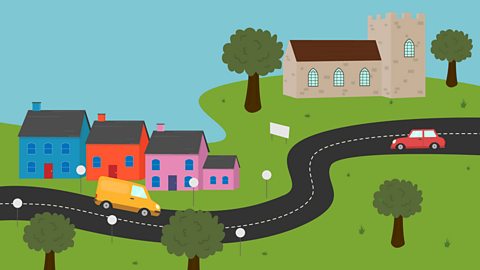
To ask where someone is going in French, you can say:
- Sorry, something went wrongCheck your connection, refresh the page and try again. – Where are you going?
∞ø√π means 'where' and tu means 'you'. Vas is part of the verb Sorry, something went wrongCheck your connection, refresh the page and try again. (to go).

You use this verb in your answer and add the preposition Sorry, something went wrongCheck your connection, refresh the page and try again. (to):
- Sorry, something went wrongCheck your connection, refresh the page and try again. – I am going to
| French | English |
|---|---|
| Sorry, something went wrongCheck your connection, refresh the page and try again. | I am going to the cinema |
| Sorry, something went wrongCheck your connection, refresh the page and try again. | I am going home |
| Sorry, something went wrongCheck your connection, refresh the page and try again. | I am going to school |
| Sorry, something went wrongCheck your connection, refresh the page and try again. | I am going to the hospital |
| Sorry, something went wrongCheck your connection, refresh the page and try again. | I am going to the shops |

Did you know?
Did you notice that the spelling of the √Ý changes, depending on whether it is followed by a masculine or feminine singular noun, a noun beginning with a vowel or a h or a plural noun?
You can learn more about masculine, feminine and plural nouns in Indefinite and definite articles.
Here's a table to help you to remember which form of √Ý you use to say 'to the'.
| masculine noun | feminine noun | vowel or h | plural noun |
|---|---|---|---|
| au | √Ý la | √Ý l' | aux |
Places in a town
Here are some useful words so you can talk about places in a town.
| French | English |
|---|---|
| Sorry, something went wrongCheck your connection, refresh the page and try again. | the café |
| Sorry, something went wrongCheck your connection, refresh the page and try again. | the leisure centre |
| Sorry, something went wrongCheck your connection, refresh the page and try again. | the cinema |
| Sorry, something went wrongCheck your connection, refresh the page and try again. | the school |
| Sorry, something went wrongCheck your connection, refresh the page and try again. | the shop |
| Sorry, something went wrongCheck your connection, refresh the page and try again. | the home |
| Sorry, something went wrongCheck your connection, refresh the page and try again. | the museum |
| Sorry, something went wrongCheck your connection, refresh the page and try again. | the restaurant |
| Sorry, something went wrongCheck your connection, refresh the page and try again. | the park |
| Sorry, something went wrongCheck your connection, refresh the page and try again. | the swimming pool |
| Sorry, something went wrongCheck your connection, refresh the page and try again. | the supermarket |
| Sorry, something went wrongCheck your connection, refresh the page and try again. | the town |
| Sorry, something went wrongCheck your connection, refresh the page and try again. | the zoo |
Transport in French
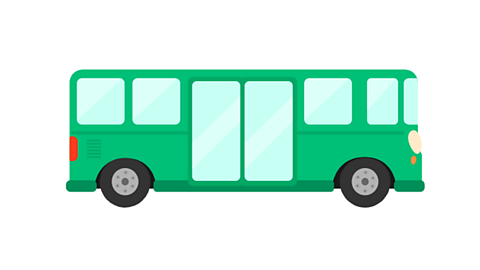
If you want to say how you are getting somewhere, you can also use the verb Sorry, something went wrongCheck your connection, refresh the page and try again. + the preposition Sorry, something went wrongCheck your connection, refresh the page and try again. (by). Then add which method of transport you're using.
Sorry, something went wrongCheck your connection, refresh the page and try again. – I go by bus
Sorry, something went wrongCheck your connection, refresh the page and try again. – I go by train
Sorry, something went wrongCheck your connection, refresh the page and try again. – I go by car
You can use a similar phrase for these expressions, but notice the different preposition - Sorry, something went wrongCheck your connection, refresh the page and try again. instead of Sorry, something went wrongCheck your connection, refresh the page and try again..
Sorry, something went wrongCheck your connection, refresh the page and try again. – I go on foot
Sorry, something went wrongCheck your connection, refresh the page and try again. – I go by bike

Here are some different modes of transport so you can practise saying this.
| French | English |
|---|---|
| Sorry, something went wrongCheck your connection, refresh the page and try again. | the bus |
| Sorry, something went wrongCheck your connection, refresh the page and try again. | the taxi |
| Sorry, something went wrongCheck your connection, refresh the page and try again. | the train |
| Sorry, something went wrongCheck your connection, refresh the page and try again. | the bike |
| Sorry, something went wrongCheck your connection, refresh the page and try again. | the car |
Asking for directions in French
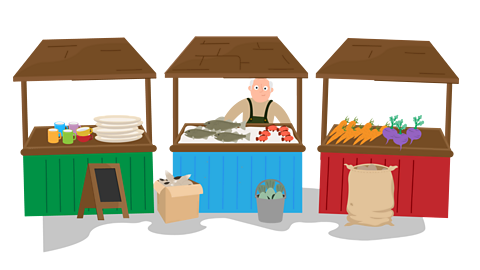
If you want to ask where something is, you need the verb Sorry, something went wrongCheck your connection, refresh the page and try again. (to be).
You say:
- Sorry, something went wrongCheck your connection, refresh the page and try again. – Where is the market?
To answer, you need to use est (is) which is also part of the verb √™≥Ÿ∞˘±. So you say:
- Sorry, something went wrongCheck your connection, refresh the page and try again. (it is) and explain where it is.
If you need to stop someone and ask them directions politely, you say:
- Sorry, something went wrongCheck your connection, refresh the page and try again. - Excuse me, where is the market, please?

Prepositions of place
Here are some useful phrases you might need when describing where something is. They are called prepositions of place.
| French | English |
|---|---|
| Sorry, something went wrongCheck your connection, refresh the page and try again. | on the corner |
| Sorry, something went wrongCheck your connection, refresh the page and try again. | behind |
| Sorry, something went wrongCheck your connection, refresh the page and try again. | in front of |
| Sorry, something went wrongCheck your connection, refresh the page and try again. | on the right |
| Sorry, something went wrongCheck your connection, refresh the page and try again. | opposite |
| Sorry, something went wrongCheck your connection, refresh the page and try again. | on the left |
| Sorry, something went wrongCheck your connection, refresh the page and try again. | straight on |
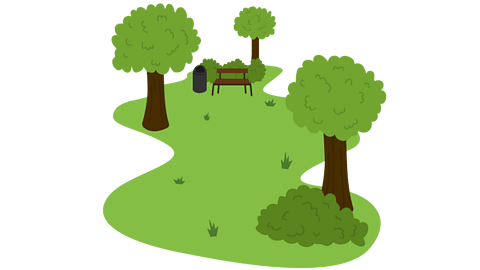
Try using these prepositions to create your own phrases:
Sorry, something went wrongCheck your connection, refresh the page and try again. – It's in front of the cinema
Sorry, something went wrongCheck your connection, refresh the page and try again. – It's behind the leisure centre
Sorry, something went wrongCheck your connection, refresh the page and try again. – It's straight on
Sorry, something went wrongCheck your connection, refresh the page and try again. – It's on the left
Sorry, something went wrongCheck your connection, refresh the page and try again. – It's on the right

Giving directions in French
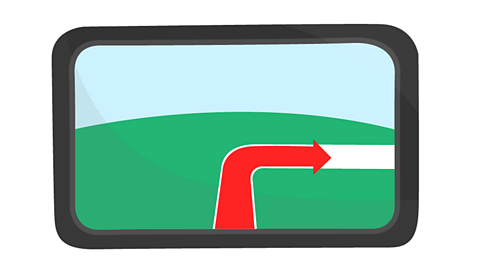
You might want to give directions to someone and to do this you need to give instructions. When you give instructions in French, you change the verb to its imperative form.
Imperatives are also known as 'bossy verbs', because they tell someone to do something.
For example, in English if you tell someone to 'sit down' or 'stand up', these would be imperatives and it is the same in French.

How do I use the imperative in French?
In French, the imperative verb changes depending on who you are giving an instruction to. Let's have a look at some examples using the verb Sorry, something went wrongCheck your connection, refresh the page and try again. - to turn.
If you give a friend or someone you know instructions, you use the tu form of the verb, so you remove the -er and add -e:
- Sorry, something went wrongCheck your connection, refresh the page and try again. - turn
If you're talking to more than one person or to someone you don't know that well, you use the vous form of the verb, so you remove the -er and add -ez on the end:
- Sorry, something went wrongCheck your connection, refresh the page and try again. - turn

Did you notice that with imperatives, you don't need the tu or the vous at the beginning?
So to someone you know you could say:
Sorry, something went wrongCheck your connection, refresh the page and try again. – turn right
Sorry, something went wrongCheck your connection, refresh the page and try again. – turn left
To more than one person or someone you don't know you could say:
Sorry, something went wrongCheck your connection, refresh the page and try again. – turn right
Sorry, something went wrongCheck your connection, refresh the page and try again. – turn left
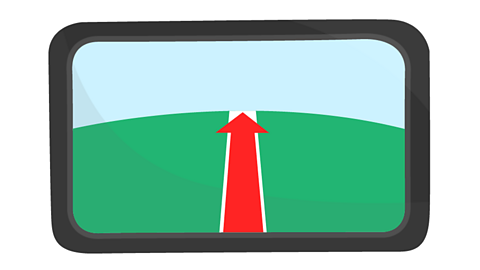
You do the same with the verb Sorry, something went wrongCheck your connection, refresh the page and try again. – to continue:
To someone you know:
Sorry, something went wrongCheck your connection, refresh the page and try again. – continue
Sorry, something went wrongCheck your connection, refresh the page and try again. – continue straight on
To more than one person or someone you don't know:
Sorry, something went wrongCheck your connection, refresh the page and try again. – continue
Sorry, something went wrongCheck your connection, refresh the page and try again. – continue straight on

Key French sounds
Below are some important French sounds that you have heard in this topic. Try practising them yourself out loud.
- √Ý
This letter makes a similar sound to a in the English word apple. It can be written as a, √¢ or √Ý.
Sorry, something went wrongCheck your connection, refresh the page and try again. – by bike
- é
This is a short, sharp sound which you might use to attract the attention of someone.
Sorry, something went wrongCheck your connection, refresh the page and try again. – the cafe
- c
A c before e, i or y and ç makes a s sound.
Sorry, something went wrongCheck your connection, refresh the page and try again. – the cinema
Sorry, something went wrongCheck your connection, refresh the page and try again. – the swimming pool
Quiz
More on Talking topics
Find out more by working through a topic
- count15 of 15
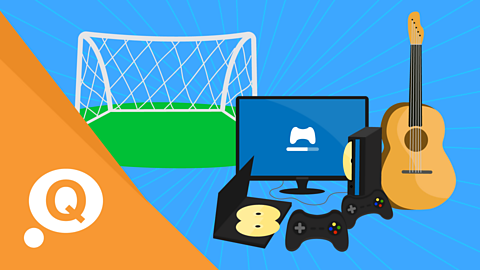
- count1 of 15
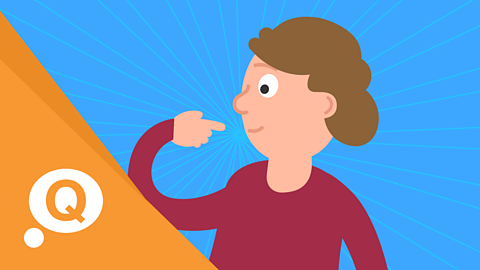
- count2 of 15

- count3 of 15
